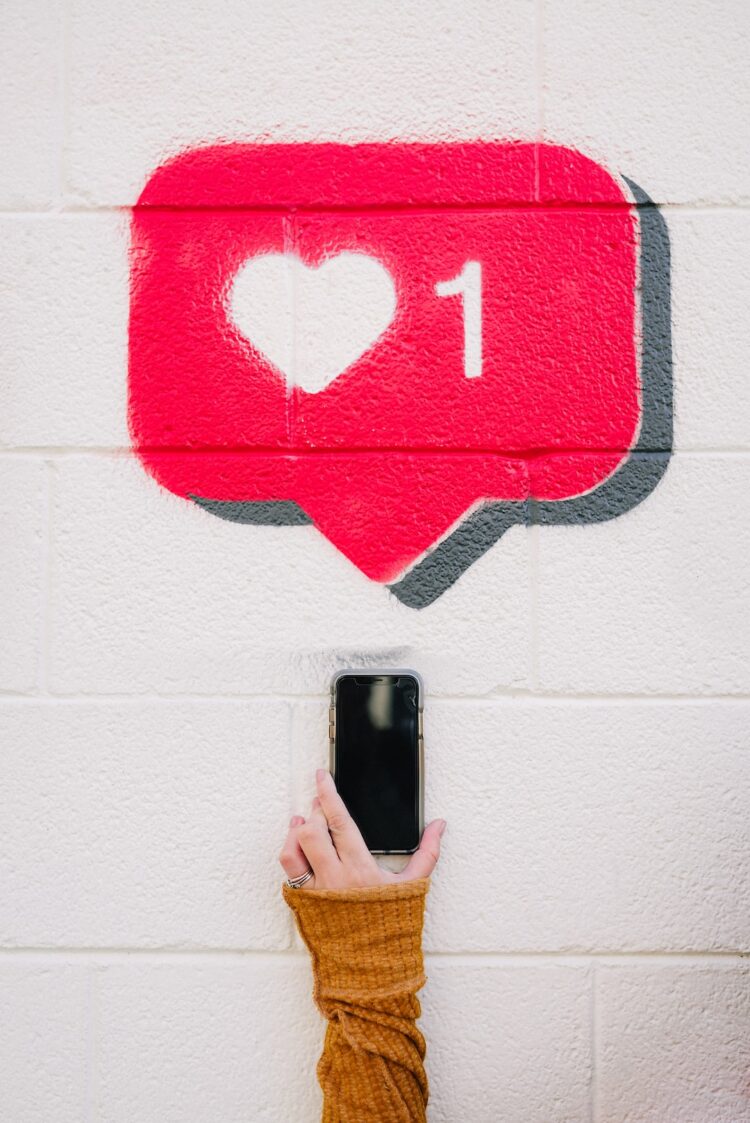Social media has become an integral part of our daily lives. With the ever-increasing number of social media platforms, each offering unique features and advantages, it can be daunting to navigate through them all. However, it is crucial to understand the pros and cons of each platform to make an informed decision about which ones to use. In this blog post, we will compare some of the major social media platforms and analyze their benefits and drawbacks.
One of the most popular platforms is Facebook, boasting over 2.7 billion monthly active users. Its main strength is its diverse user base, making it a great platform to connect with friends and family. Moreover, Facebook offers a wide range of features, such as groups, events, and ad campaigns. This versatility allows users to engage in various activities, from organizing gatherings to promoting businesses. However, Facebook has faced criticism for privacy breaches and the dissemination of fake news. This raises concerns about the platform’s credibility and the potential impact on user trust.
Twitter differs from Facebook in its structure and purpose. With its character limit per tweet, Twitter is primarily used for sharing short and concise messages. This platform is favored by journalists, politicians, and influencers for its ability to spread information quickly and engage in public debates. Its real-time nature makes it an excellent tool for staying updated on current events. However, the brevity of tweets can also lead to misunderstandings and oversimplification of complex issues. Furthermore, Twitter has been criticized for failing to effectively address online harassment and the spread of hate speech.
Instagram, on the other hand, focuses on visual content. With its emphasis on photos and videos, this platform is particularly popular among younger users. Its aesthetically pleasing interface makes it ideal for showcasing personal experiences, talents, or products. Additionally, Instagram allows for easy discovery and engagement through hashtags and the explore page. However, the pressure for perfection on Instagram has led to increased concerns about body image and self-esteem, as users compare themselves to edited and curated content. Furthermore, the reliance on visuals can reduce the depth of conversations and deter users who prefer more text-based discussions.
LinkedIn, a platform aimed at professional networking, offers unique benefits for career development. Users can connect with colleagues, network with industry professionals, and showcase their skills and accomplishments. LinkedIn’s user base primarily consists of professionals and job seekers, making it an ideal platform for finding job opportunities and building professional relationships. However, LinkedIn can sometimes feel transactional, with users heavily focusing on personal gain rather than genuine connections. Additionally, the professional nature of LinkedIn can lead to a lack of authenticity, as users may feel pressured to present a polished and idealized version of themselves.
Snapchat, known for its disappearing messages and augmented reality filters, is particularly popular among younger users. It offers a more relaxed and authentic way of communication, as the temporary nature of Snaps encourages users to share unfiltered and spontaneous content. Moreover, Snapchat’s AR features have resulted in innovative and entertaining experiences. However, the ephemeral nature of content can also lead to missed opportunities for important conversations or valuable information. Furthermore, the constant updates and changes in the app’s interface can be confusing and frustrating for some users.
In conclusion, the diverse landscape of social media platforms offers both benefits and drawbacks for users. Facebook provides a versatile space for connecting with others, while Twitter excels in real-time information sharing. Instagram focuses on visual content and self-expression, while LinkedIn emphasizes professional networking. Snapchat offers a more relaxed and spontaneous way of communication. Understanding the pros and cons of each platform is essential for users to make informed decisions about their social media usage and to ensure a positive and fulfilling online experience.












